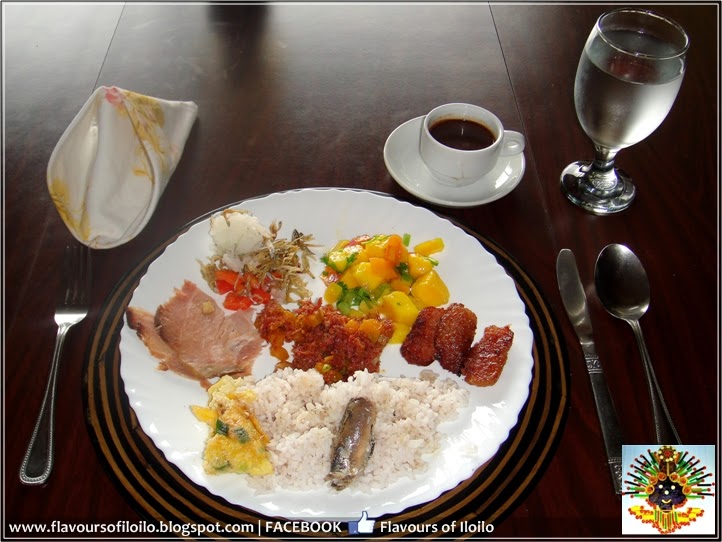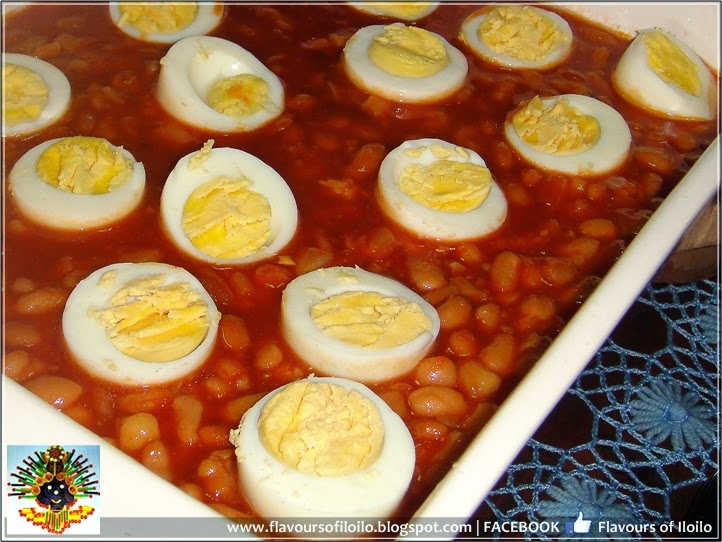In the Philippines particularly in rice producing provinces like Iloilo, many families keep a tradition in which an old man, a young lady, and a small boy are chosen from among the poor and are dressed up as St. Joseph, the Virgin Mary, and the child Jesus, respectively. They are then seated around a table set with the family's best silverware and china, and served a variety of courses, sometimes being literally spoon-fed by the senior members of the family, while the Novena to St. Joseph is recited at a nearby temporary altar. (from Wikipedia)
March 19 marks the celebration of the Feast of San Jose. I was able to again join the celebration at the Camiña Balay nga Bato in Arevalo and it brought the memories of yesteryears. I was no more than 10 years old when I witnessed the "San Jose" ritual in my lola's house in Molo. I can still vividly remember the "role-playing" which had elements of eating, washing and "kissing".
After a morning mass the the Arevalo Parish Church, our hosts Gerard and Luth Camiña invited relatives and guests to their ancestral house for this annual tradition.
With first time guests to this tradition, they explained the said ritualis a tradition in rice-producing places like Iloilo. It is a sort of welcoming San Jose and his family into the household to also welcome abundance especially in rice production.
 |
| Photo by Eugene Jamerlan |
As the ritual continues, the "Holy Family" is fed by the masters of the household (in modern times VIP guests) - just for the ritual purposes. (See related video)
Then the washing ritual takes place before to the culminating activity in which the guests pay respects to the "Holy Family". Starting the Child Jesus, the devotees kiss (or bow low in front) representation of the family, in this case framed photos (which is wiped with cotton with alcohol every after guest). In some households, guests kiss (directly) the hands or doing "mano po". (See related video)
Donations are given in which the three "cast" will split among themselves (which sort of explains why in purist traditions the least fortunate are chosen).
A traditional at the same time modern Ilonggo breakfast was shared by the family for this feast. We had Ensalada nga Paho and Hinanggop (fried dried seafood usually balingong or dilis mixed with fresh vegetables).
For carnivores, they served Choriso Ilonggo (sweet-style longganisa), which can be bought in most wet markets around Iloilo.Usually corned beef with partnered with potatoes, but the household makes corned beef "hash" with squash.
Pork, beans and hardboiled egg - makes both a visually appealing and tummy satisfying combination.
How about an vegetable omelette?
Spanish style sardines? Extra rice please!
Pasta? Why not!
And to cap it all off, this Feast of San Jose ritual and tradition end with the Camiña Balay nga Bato tradition - a cup of hot, thick and delicious tsokolate. Until next year's religious and gastronomic celebration!



















